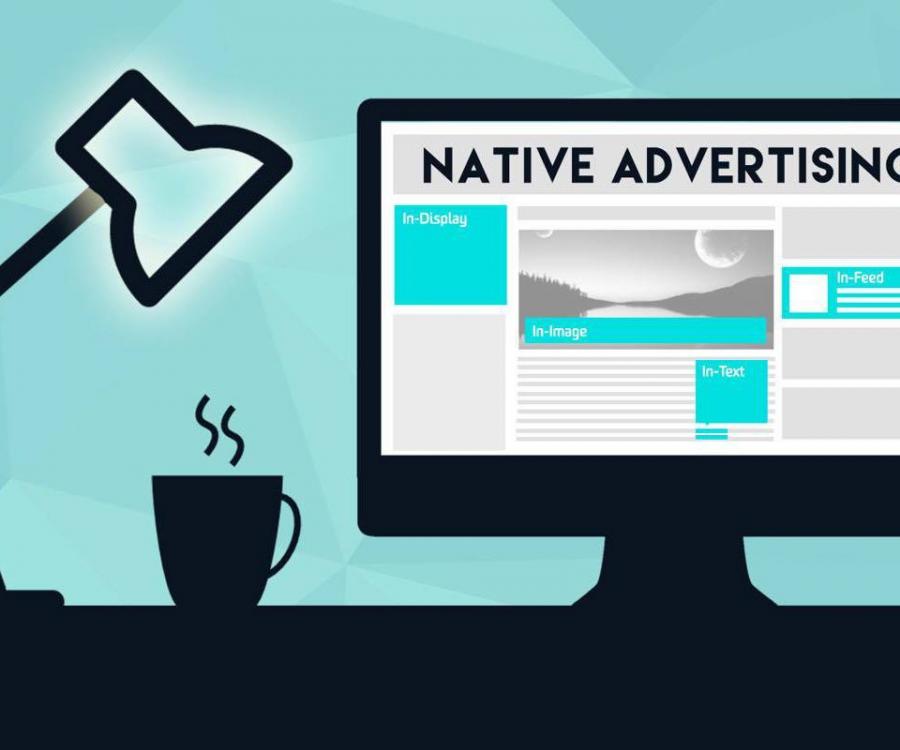Native advertising to increase your reach

Native advertising is not new
In fact this style of advertising exists since 2012 and take its roots into the famous 30's infomercials where long articles would, in editorial style boast the benefits of a brand or a product.
The most famous example of this surely is the Guiness' guide to oysters which presents different types of oysters and informs at the end of the poster that "All oysters taste their best when washed down with drafts of Guiness".
But what is Native Advertising exactly ?
The most straightforward definition of the latter would be :
“Native advertising is a form of online advertising that matches the form and function of the platform on which it appears.”
Of course, straightforward isn’t always clear, at least not without some context, so before we get into the why let’s take a look at some native advertising examples.
Search Engine Native Advertising
One of the biggest characteristics of Native Advertising is that it morphs into the landscape, here are some great examples of how it looks like:

This is a great example of search engine native advertising and is the example we all see most during our time on the web, if it were not for the little "Ads" besides the title we wouldn't be able to discern it from organic search results.
Native Social Networks ads
This is the second most famous and usual type of Native Advertising and we see hundreds of examples every single day, whether it be on Facebook, Snapchat, Instagram or Twitter,
These are paid-for ads that usually target audiences able to be interested in them and successfully take the shape of "suggested content", "posts" "stories" with a single hint, the "sponsored content" or "promoted by" line besides the ad.

Native news feed ads
A great example of native advertising and a method that have been ensuring the subsistance of many Journals.
This is a type of advertising that you see when reading an article on your favourite journal.
Since an image is worth a thousand words :

Here the stories can be either "sponsored" or "branded"
Native video advertising
Typical example here of a native video avertising would be the Youtube ads that cut our videos offering us often ads, yes, but entertaining and relevant content that differ according to what we watch.
A game you could play if someone has access to your youtube account could be guessing what they have watched according to the ads you get.
Native Advertorial Advertising
Here, we go back to our famous prime example, Here, the purpose of this style of ads is to create brand awareness and subscribe the brand in the universe it evolves in.
Generally, a story is told about the brand itself like in the 2017 London Tube Jack Daniels ads that told the story of Jack, the little American Whiskey producer that would reach Global fame for the quality of his liquor beginning with the catch-phrase "Jack Daniels bottle wasn't always square".
Objectives of Native Advertising
Native ads have two primary goals, Either:
- Positioning a brand image in the consumer’s mind like with the Jack Daniel's and Guiness examples
- Or driving consumers to take one particular action as in the case of the search engine ads above.
Conclusion
Native advertising is the new thing.
And with new users becoming more and more tech-savvy and less and less credulous this, As a marketing tactic, gives two strong benefits:
- A higher likelihood that the ads will be watched, read and listened to; and
- A greater chance that the trust that consumers have in the publisher will “rub-off” on the brand.
Of course, there is the ethical question of non-branded Native Advertising as consumers can be confused and even deceived into believing that the native ad’s content as an objective and trustworthy as regular editorial content.
In the end, as with most Below The Line marketing techniques :
if publishers and brands make it their responsibility to draw a line clearly between editorial and native ad content and consumers make it their responsibility to look for and be aware of that line, native advertising is a win-win-win for all three parties.
Author : Gildun Samy Abdelkrim